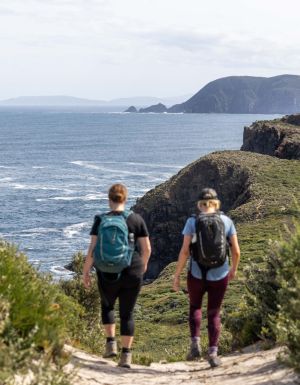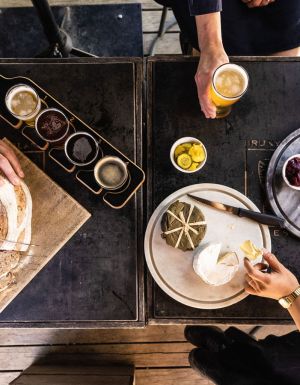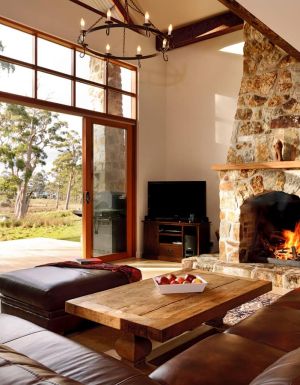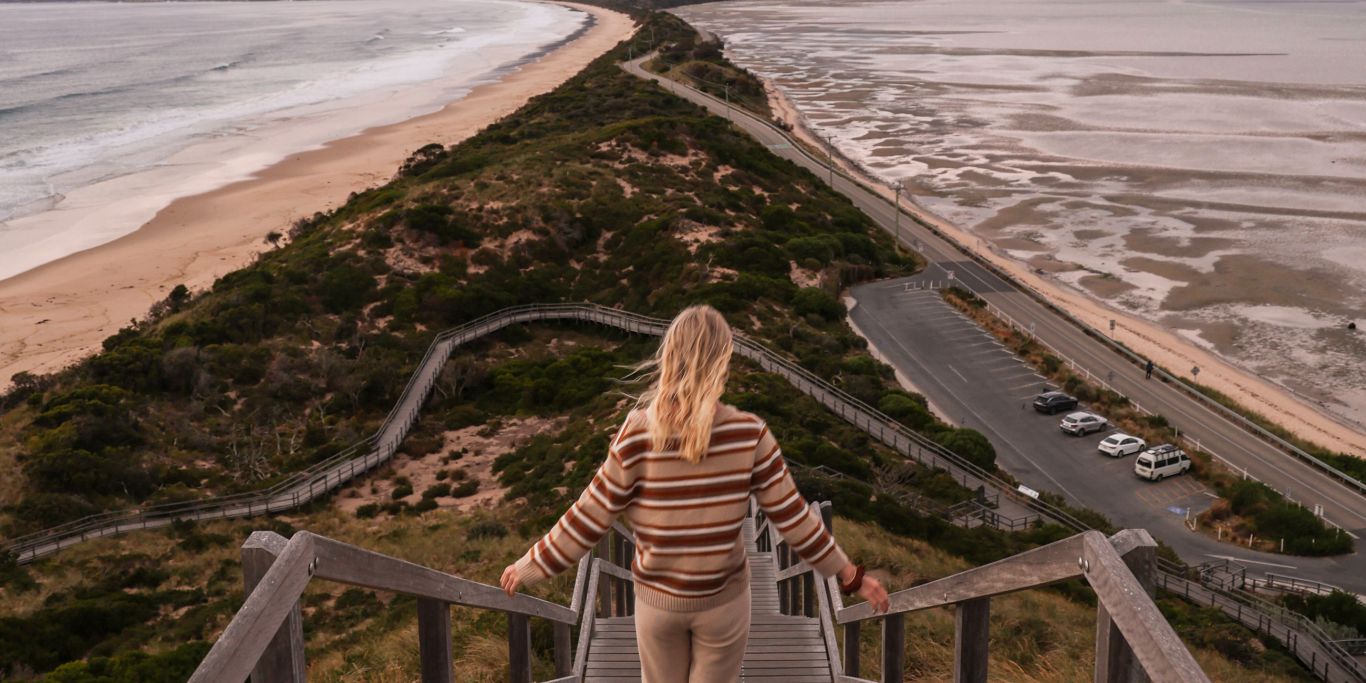Lost your keys to your private plane? Chauffeured speed boat broken down? Don’t panic. There’s a far easier way to get to Bruny Island.
Planning a weekend getaway to Lunawanna-Alonnah AKA Bruny Island? While it’s exciting to plan where you’re going to eat, explore and rest your weary head, you’ll first need to work out how you are getting to this veritable Tasmanian wilderness of soaring sea cliffs and coastal heathlands.
Luckily, the handy SeaLink ferry takes no time at all to get to Bruny Island from the Tassie mainland. From where to buy the ticket to how much it will cost you, we’ve lined up exactly what you need to know.

How to get to Bruny Island?
The easiest way to get to Bruny Island is via the SeaLink ferry. This departs from Kettering, a town thirty minutes south of Hobart. If you are not driving, you can get here by local bus, but you must arrive at least 20 minutes before departure for Roberts Point. In addition, you will pretty much need a car to explore the island, so this isn’t really recommended unless you are meeting a tour group at the ferry. In any case, check in with the company as they will most likely be organising this part of the journey for you.

How often do ferries to Bruny Island run?
It departs over 20 times a day in summer and runs 365 days a year. Christmas Day timetables apply.
How long does the Bruny Island ferry take?
Once you and your vehicle have been directed onto the ferry by an attendant, the trip to Bruny Island takes approximately 20 minutes, so it is easy to plan a day trip to Bruny Island if you’re short on time.

How much is a ferry ticket to Bruny Island?
While passengers themselves travel free to the island, you will have to pay per vehicle. For example, a vehicle that is less than six metres will cost $53.20 on a regular open return ticket, while the passengers go free. You’ll also need to pay if you’re travelling by bicycle or motorbike, but that’s much cheaper. There are also Pension and Concession Fares available. Check out the whole price list here .

Where can I buy a ticket?
Pre-purchase your ticket online or pay at the ticket booth when you arrive.
Can I bring a hire car on the ferry?
Not all rental car companies will allow you to take the vehicle onto the ferry. However, there are some exceptions. Check the terms and conditions of your insurance contract before you finalise if you are coming to Bruny, and speak to the car company if unsure.
Do I need a vehicle to travel on the ferry?
No, you do not need a vehicle to travel by ferry. But as the island itself is difficult to fully enjoy and navigate without one, you won’t want to be on foot.
How many cars are allowed on the Bruny Island ferry? Could I miss out?
The ferry runs on a first-come-first-served basis. So if you miss out on that particular one, you will simply have to wait for the next one. But as they come reasonably often (check out their timetable here ), this is not too much of a hardship if you’re willing to go with the flow.
Is there food on the Bruny Island ferry?
It’s a short trip so there is no food on the ferry. There are however public restrooms, both onboard and at both ferry terminals. Once you arrive at Roberts Point, there is a small cafe where you can grab your morning coffee and nibbles. Plus, there are plenty of restaurants and foodie experiences to try, so best to arrive hungry.

Book here: sealinkbrunyisland.com.au
Want to stretch your legs upon arrival? These 8 top walking trails are just waiting for you to get there.














